 Adams Field
Adams Field
Entry Category: Air - Starting with A
 Adams Field
Adams Field
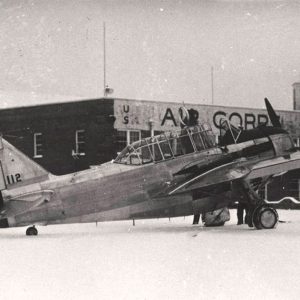 Adams Field
Adams Field
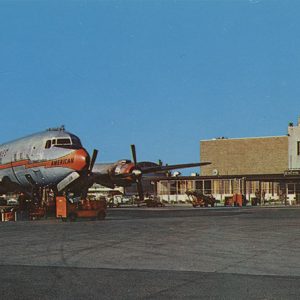 Adams Field Control Tower
Adams Field Control Tower
 Adams Field Control Tower and Administration Building
Adams Field Control Tower and Administration Building
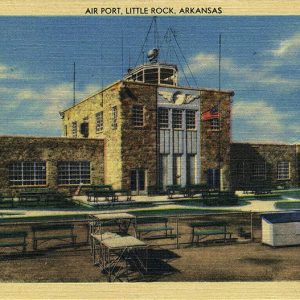 Adams Field Terminal
Adams Field Terminal
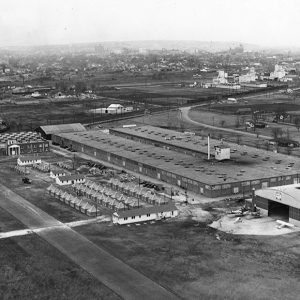 Adams Field, 1942
Adams Field, 1942
 George Geyer Adams
George Geyer Adams
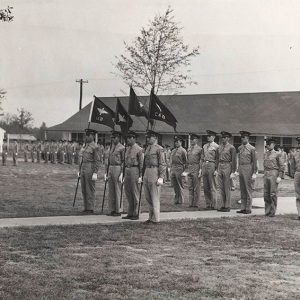 Aero Tech Graduation
Aero Tech Graduation
 Aero Tech Map
Aero Tech Map
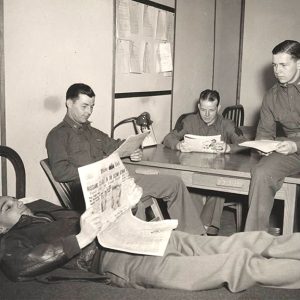 Airmen
Airmen
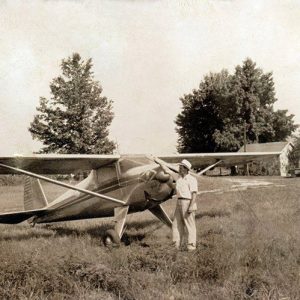 Almond Landing Strip
Almond Landing Strip
 Almyra Airport
Almyra Airport
American Airlines Flight 1420
Arkansas Aerospace Education Center (AEC)
aka: Aerospace Education Center
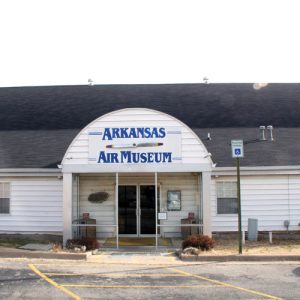 Arkansas Air Museum
Arkansas Air Museum
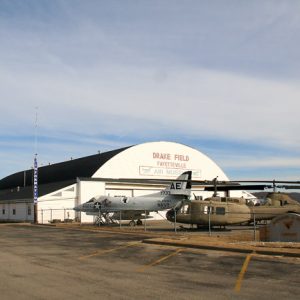 Arkansas Air Museum
Arkansas Air Museum




